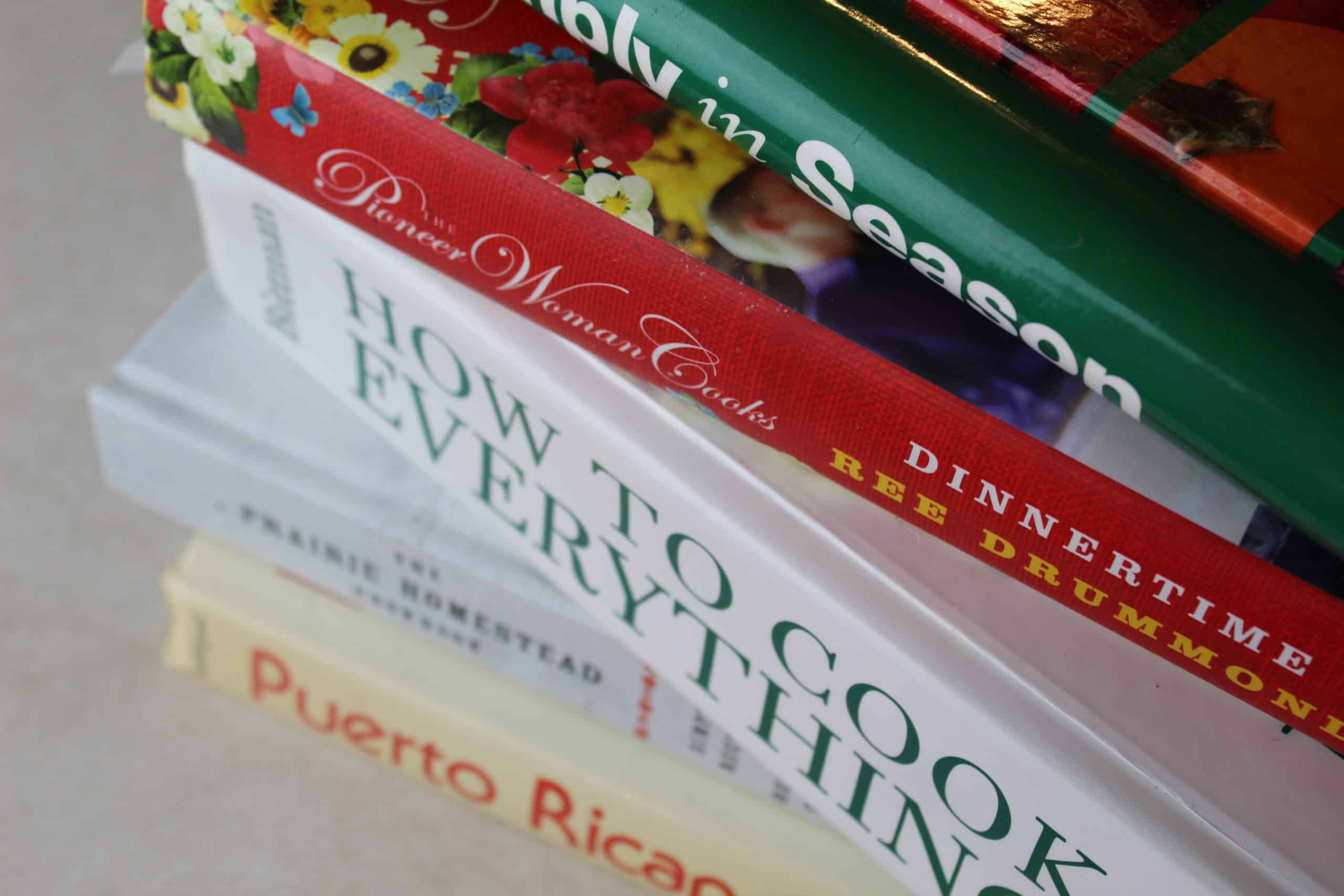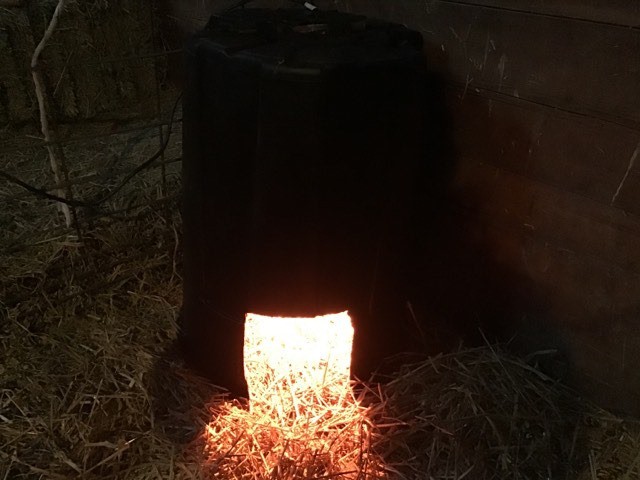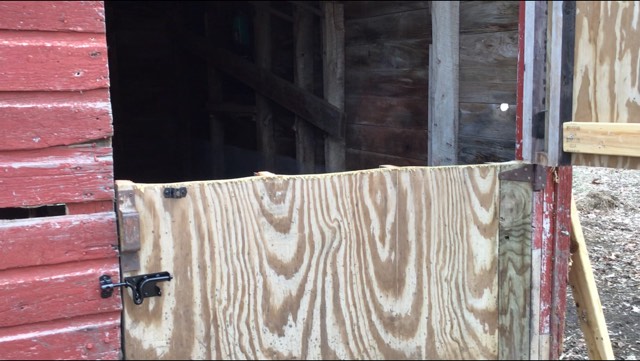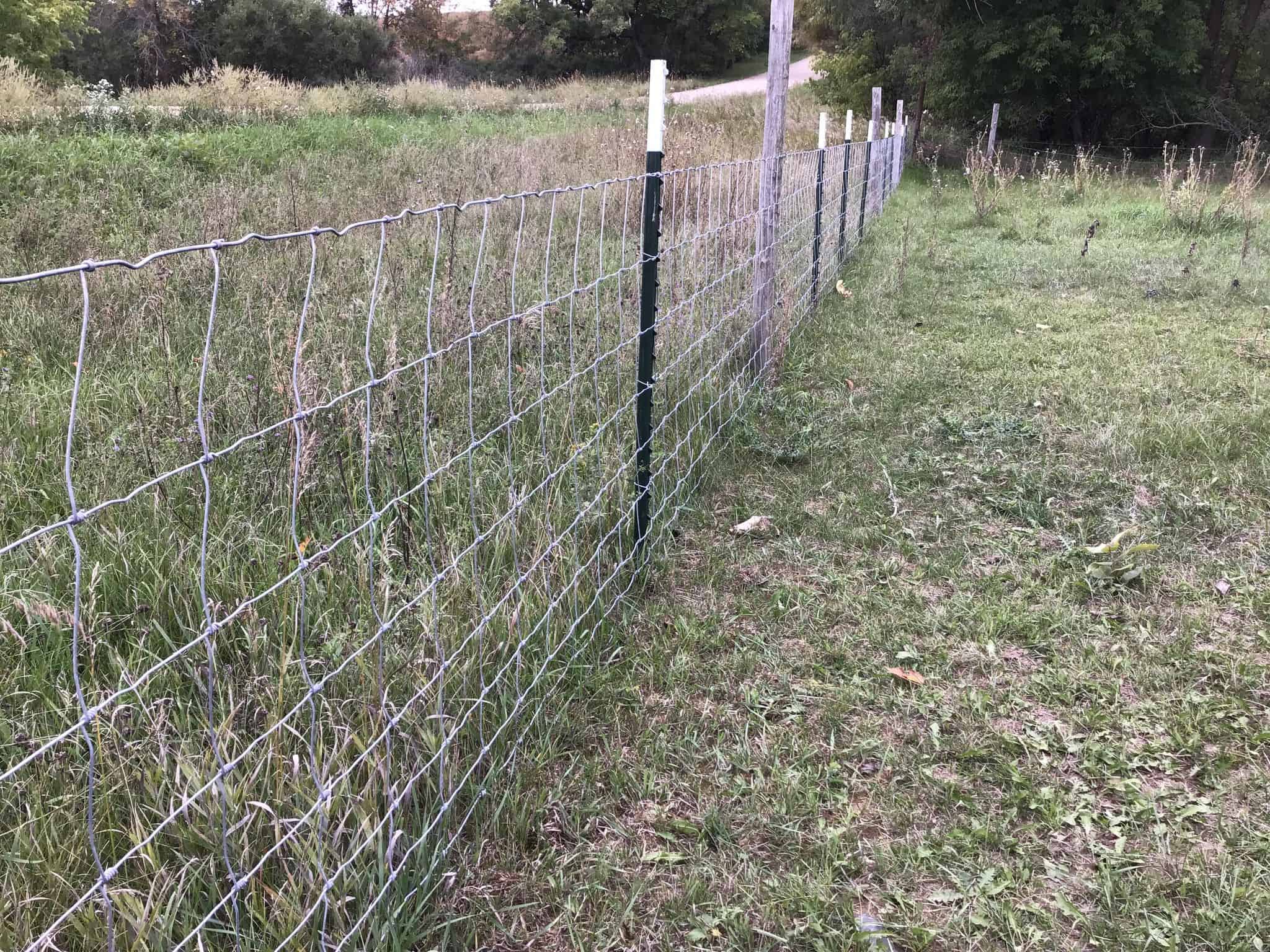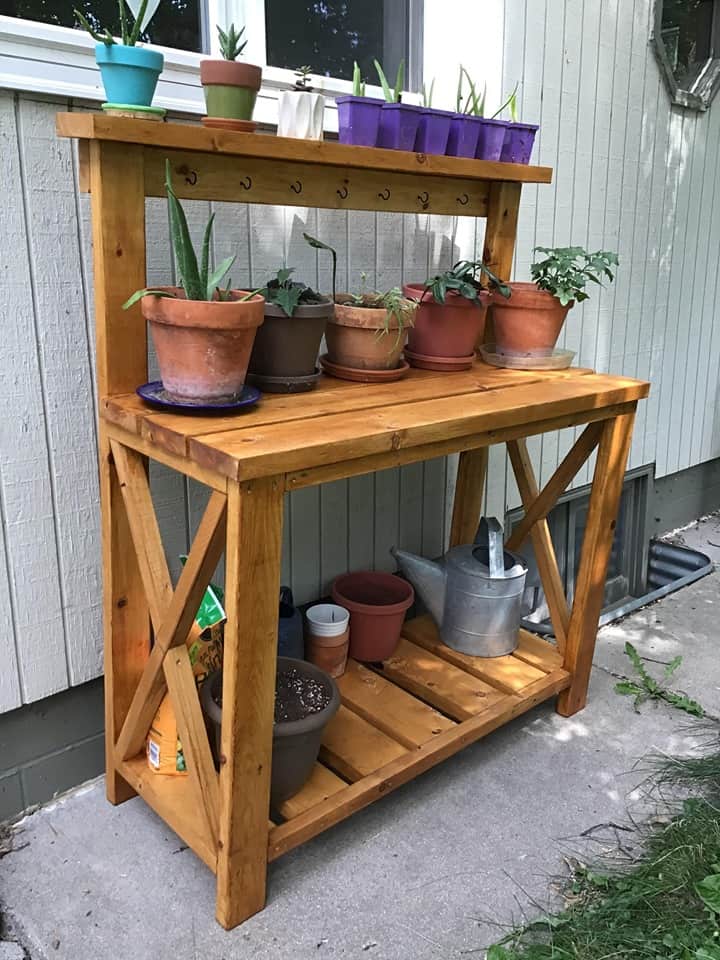Goat Kids in Winter
Minnesota is a tough place to be born outside at the end of January. Like it or not, this week I prepared to welcome goat kids in winter.
This week we welcomed a doeling and a buckling on to the farm. By some miracle, they were born about a half hour into my toddler’s nap time so I was able to be present for the whole birth.
Kidding in winter is challenging, but so far our little goats are doing alright. Here’s how I prepared for cold weather kidding. I should note, we live in Northern Minnesota where here at the end of January daily highs are in the single digits Fahrenheit.
Why have Goat Kids in Winter?
There are legitimate reasons for kidding in winter. If you have a more plush set up for your goats than we do or milder temperatures, kidding in winter might be just fine.
- Parasites- Worms and other parasites are not very active in the winter as the cold temperatures prevent them from surviving in feces. This makes it less likely your kids will have worm issues and your does will also not need to be dewormed after giving birth, as is customary on a lot of farms.
- Showing – If you are active in the show circuit, you may have more shows that your kids are eligible for because they were born earlier in the year.
- Heat Cycles– Some goats simply don’t go into heat except for the late summer or early fall, which leaves you with winter kids.
- Larger Kids by Winter- A buckling born in January would potentially be ready for stud work by the following fall/winter. Meat goats would be large enough for processing.
Cons of Kidding in Winter
I’ll be honest. I never want to kid in winter again. The cons for me far outweigh the pros.
- Drying Kids. Goat kids need to be dried almost immediately if the temperatures are below freezing. Ears, tails, and hooves are especially susceptible to frostbite. I used towels and a blow dryer for over an hour to get my kids dry.
- Keeping Baby Goats Warm. Unless you have a heated, insulated type space, those kids will need some type of warmer to survive. Especially if you have weaker kids or a disinterested mom.
- Frequent Check Ins. These kids ended up being fairly weak, so I spent the first four days of their lives traipsing out to the barn every four hours to make sure they were nursing. I also wanted to check on my goat warmer to make sure it was functioning properly and keep tabs on the mom.
- Harder on the Doe. Giving birth is a herculean task. Ideally a doe will be comfortable with as little stress as possible. Cold temperatures can cause more stress and a slower recovery time.
- You must be present at the birth. If your goat kids in the spring or summer and you miss it, no big deal. In the winter if you aren’t there to help get kids dry, especially when there are twins or more, it can mean a quick death or hypothermia in less than a half hour.
How to Plan for Winter Goat Kids
Nutrition
The first key is making sure your mama doe is in as good of condition as possible. The last part of gestation is when the kids grow the most. For the last two months my doe has been fed a quart of alfalfa pellets, a quart of dairy goat ration, and a sprinkle of calf manna every morning. In the evening she gets an additional quart of alfalfa pellets. All day long she has access to a grass/alfalfa hay, fresh water, and goat specific mineral.
They day she went into labor I gave her 30 ML of Nutri-Drench. After the kids were born I gave her a big bucket of warm molasses water.
Kidding Supplies
My kidding supplies are pretty similar to what I’d have on hand for warm weather kidding but with a few additions.

Tools
- Towels. I advise a minimum of three full sized towels per kid, as well as a half dozen rags or more. The first towel can go under mom when the baby comes out. The second towel is for after you’ve pulled some of the goop away. The third towel should be one that stays mostly dry and can be wrapped around the kid to keep it warm while you assist with a second.
- Blow Dryer. One with a hot setting. I never blow dry my hair but I keep one on hand for my mom to use when she visits, to put plastic on the windows in the fall, and now to dry goat kids. This is a must have.
- Extension Chord. To plug in the blow dryer.
- Heated Water Bucket with Mount. Make sure you have a way to keep the mama’s water warm and either sturdily hung up or placed outside her pen where she can still drink from it. Water buckets on the ground are a risk for drowning and/or freezing goat kids.
- Kid Warmer. See more details on this under housing and warmth
- Hot Pad. A good old fashioned hot pad is good to have on hand in case you get a kid that is severely chilled.
- Antiseptic Lube. If you need to assist at all, antiseptic lube adds a layer of protection against infection while also keeping your hands lubricated.
- Bulb Syringe. To suck out any blocked noses or throats.
Feeding
- Goat Kid Bottle Nipples. If you plan to bottle raise or dam raise, have these handy. Even if you don’t plan to use them at least you’ll have them around if needed.
- Old Pop Bottles. For the nipples/bottle feeding.
- Milk Replacer. Ideally the babies will get milk from their mom. If that isn’t possible you can use powdered milk replacer or even whole pasteurized cow’s milk.
- Back Up Colostrum. Most of the time babies will get colostrum from their mom. It is the first milk babies get and is full of antibodies and seals their guts. We keep frozen colostrum from our cows on hand. This can be used for goats. Goat colostrum is ideal, which you might be able to source from a fellow goat friend or you can purchase it in a powdered form. It is crucial that goats get this within an hour of birth.
- Tube and syringes. If you have a weak kid, tube feeding may be necessary. Thankfully these are pretty cheap and will cost you less than five bucks for a tube and syringe.

Your Supplies
Let’s not forget about you! When it comes to taking care of goat kids in winter, my uniform is a thick hat, fleece lined leggings, Carhartt flannel lined coveralls, wool socks, muckboots, cotton sweater, flannel shirt, wool sweater, overcoat, and warm gloves.
You have enough things to deal with so no need to freeze your dupa off in the process.
A headlamp may also be useful depending on the light situation in your kidding area.
Housing and Warmth
Separate Pen
Set aside a pen for the mama doe to kid in. It’s a good idea to introduce it to her a few times before her labor. Feed her her daily ration in there and let her get used to the space so when she goes into labor it isn’t a huge surprise.
For my doe I made a pen using hog panels surrounded by straw bales to try to provide extra insulation.

Warmth
Keeping goat kids in winter warm is main key to survival. Make sure the kidding area is out of the wind, dry, and well ventilated.
If you are in a place with below freezing temperatures consistently and you are expecting kids, do yourself a favor and make a barrel warmer. Honestly, if we didn’t have this for our kids, I do not think they would have survived.
You can Successfully Have Winter Kids
We have a huge, uninsulated pole barn. Our mama doe is a Nubian with a winter coat that is not as thick as I’d like. They day our winter kids arrived it was 7 degrees Fahrenheit and fell below zero that night. I was home alone with a toddler that day and into the evening.
On top of all those challenges, one of the kids was born pretty small and weak, and the doe had zero interest in being a mother to either.
Yet here we are with two healthy goat kids who are surviving despite the inattentive mother and unforgiving temperatures.
If we can do it, so can you. Best of luck with your winter kidding. Check out the video below where I take you through our winter kidding.
Watch and Learn
Pin it for Later



